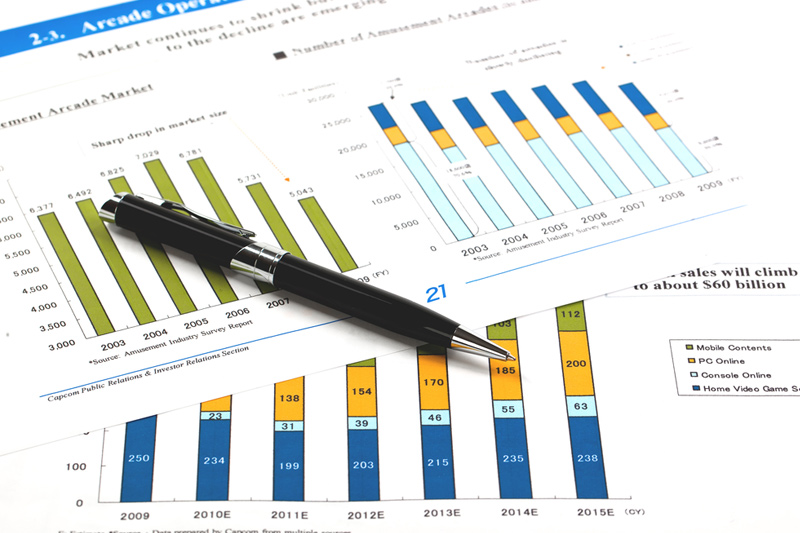5 big analyst AI moves: Apple lifted to Buy, AI chip bets reassessed
The US Trade Balance, a key economic indicator, has reported a larger than expected deficit, raising concerns over the health of the US economy. The September figures show a trade deficit of $-78.30 billion, a figure that has surpassed both the forecasted and previous numbers.
The forecast for the month had predicted a deficit of $-77.70 billion, indicating a wider gap than anticipated in the difference between the value of imported and exported goods and services. This larger deficit signifies that the US has imported more goods and services than it has exported.
Comparing the actual number to the previous one, the deficit has significantly increased from the previous month’s figure of $-60.20 billion. This sharp rise in the trade deficit underscores the growing challenges faced by the US economy, as it grapples with increasing import expenditure.
The Trade Balance is a crucial measure of a country’s economic health and competitiveness. A positive number indicates that more goods and services were exported than imported, which is seen as bullish for the US dollar. Conversely, a negative number, such as the one reported, suggests that more goods and services were imported than exported, which is typically bearish for the USD.
The larger than expected deficit is likely to have a negative impact on the USD, as it indicates a greater reliance on imports. This could potentially lead to a weakening of the USD, as it reflects a potential slowdown in domestic production and increased foreign debt.
Economists and investors closely monitor the Trade Balance as it provides insight into the strength of the US economy and the potential direction of its currency. The wider than expected deficit is a signal of potential economic headwinds, and it will be closely watched in the coming months for indications of any further widening.
The data underscores the need for strategies to boost exports, reduce import dependency, and ultimately, to narrow the trade deficit. The challenge for policymakers will be to navigate these economic headwinds while ensuring the continued strength and stability of the US economy.
This article was generated with the support of AI and reviewed by an editor. For more information see our T&C.
